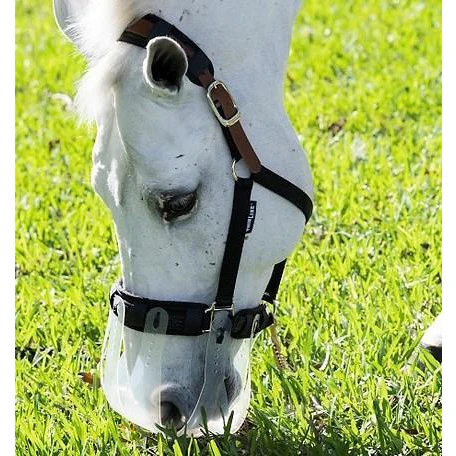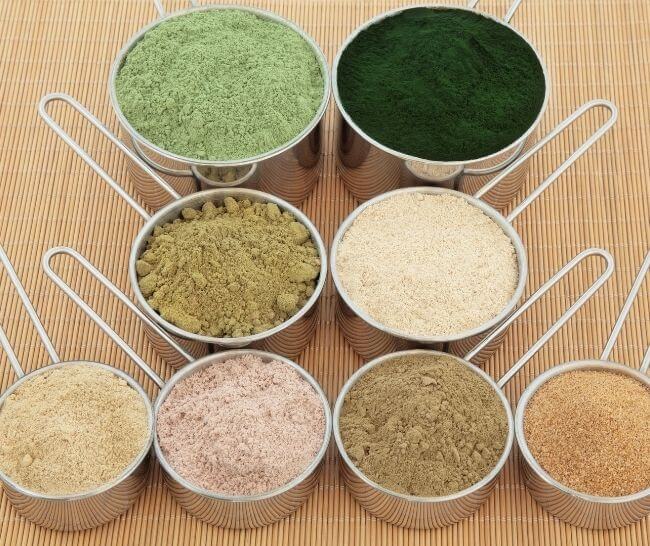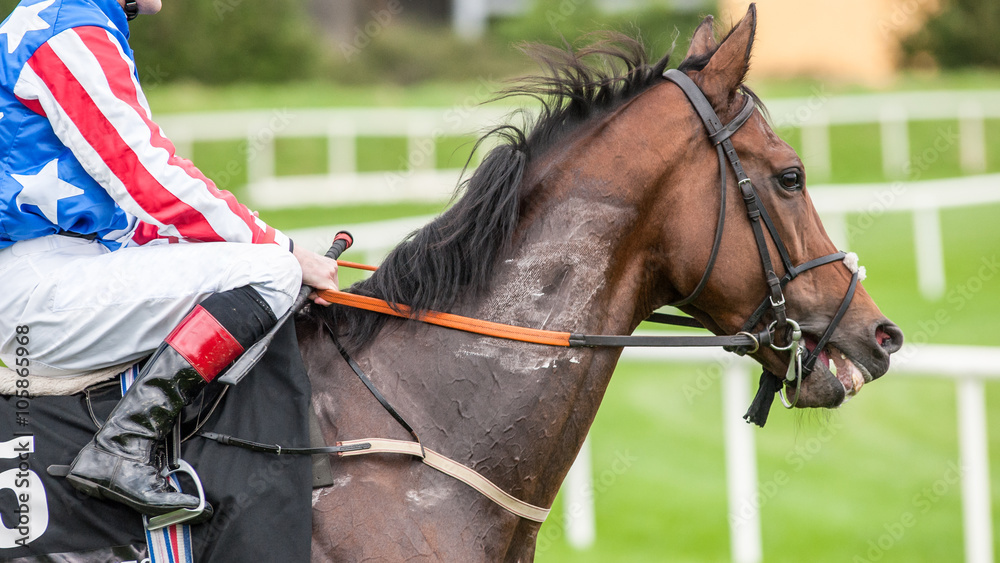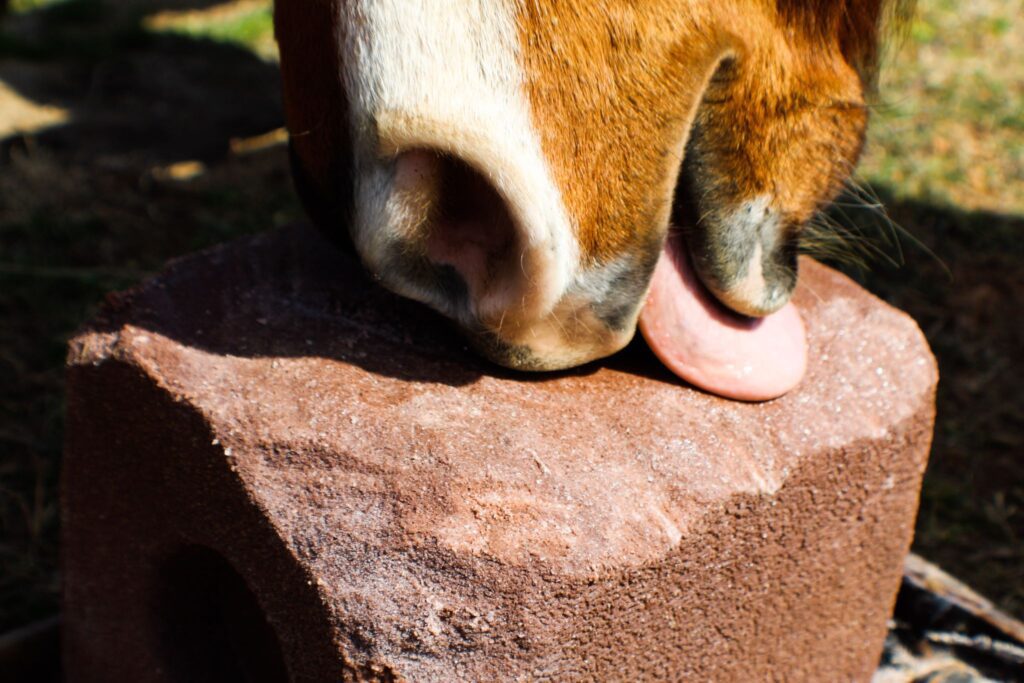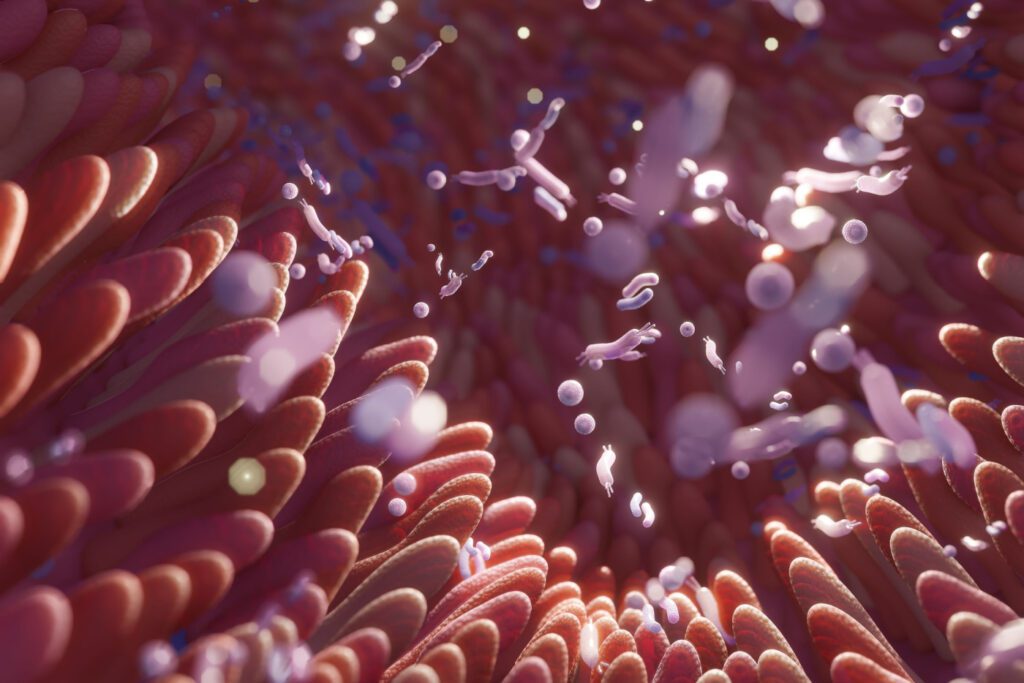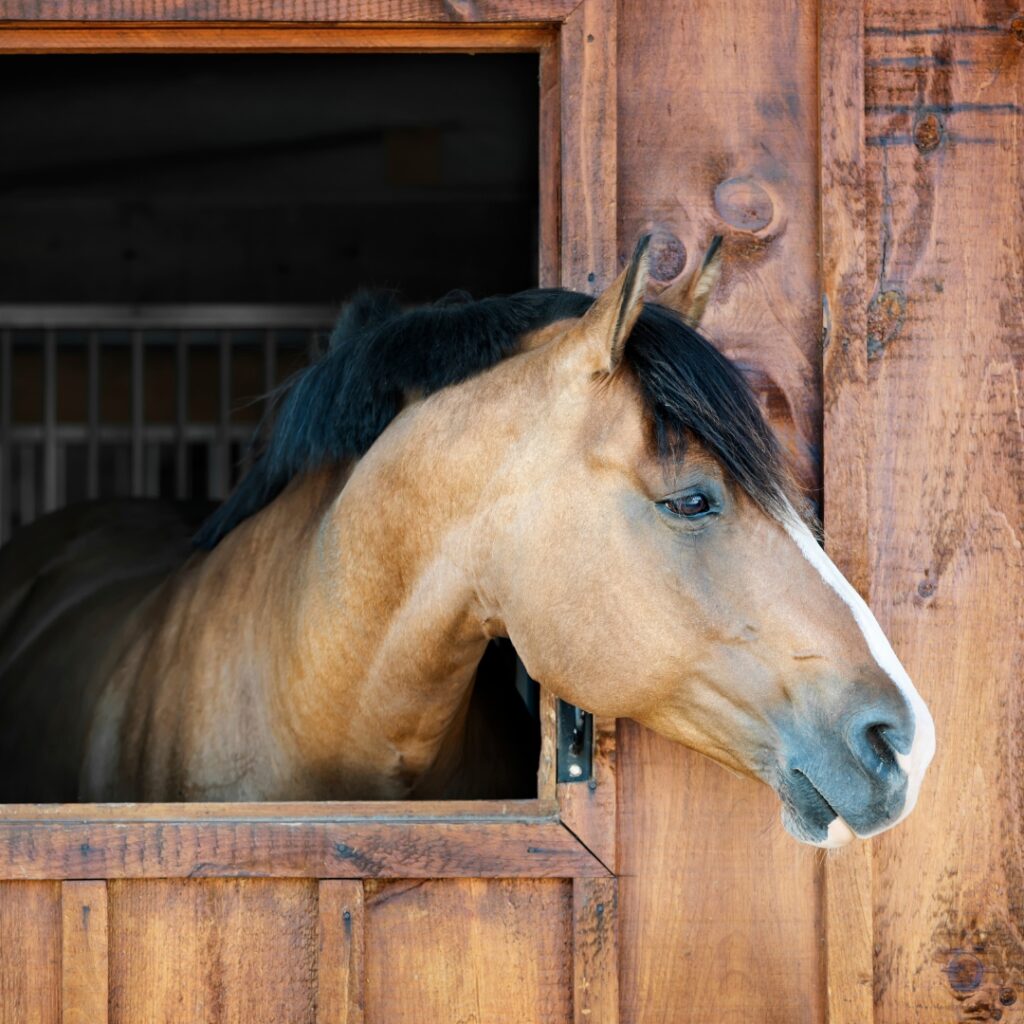
Hay season can be a stressful time for many, from the farmers harvesting it, to the horse owners purchasing it. With the variety of variables that influence the nutritional quality and safety, there are many considerations to be made. During this time of year, I receive tons of questions about new hay. Is it safe […]

If you have spent any time in barns, chances are that you have seen some over conditioned horses. Equine obesity is a prevalent welfare concern and predisposes horses to serious health issues such as laminitis. This week’s blog post is going to dive into the research on some of the supplements that are marketed for […]

Equine obesity is an epidemic across the industry. From studies that illustrate judges scoring overweight horses higher (6), to equine obesity prevalence publications showing that about 50% of the evaluated populations are classified as overweight or obese (2, 7, 8, 9). It is a serious issue in the industry that is negatively impacting equine well-being. […]

It is no secret that equine dietary supplements are a hot topic! This past weekend at the Can-Am Equine Expo one of my seminars focused on dietary supplements and how horse owners can critically evaluate the research behind the products they are purchasing. One of the concepts that was covered was the difference between active […]

Gastric ulcers are sores that form on the stomach lining in the horse. Research has estimated that the prevalence may be up to 90% in some demographics. Working horses tend to be more at risk of developing this disease due to the intensive management they are often exposed to. When equine gastric ulcers are discussed, […]

Electrolytes supplements are commonly given to many horses, particularly in the summer months. When the temperature rises, the amount of sweat the horse produces increases. Additionally, in Ontario, our horses are often ridden more frequently in the warmer weather. What are electrolytes? Electrolytes are a class of minerals that dissociate into electrically charged ions in […]

Evaluating your horse’s mineral status is important as we always want to ensure that there are no nutritional deficiencies. However, understanding the limitations of the common laboratory tests is crucial. There are three common methods for investigating mineral status in the horse: blood work, hair analysis and diet calculations. Blood Work Bloodwork is of course, […]

If you care for a horse, you are likely aware that they are fundamentally different from humans, or even our other domesticated animals. This includes unique digestive anatomy. Horses are monogastric, meaning that they have a single compartment stomach; however, they are also classified as hindgut fermenters. The hindgut of the horse accounts for 60% […]

This week on the Friday with Finn blog, we take a step further into the equine gastrointestinal (GI) tract and take a closer look at the foregut. When discussing the foregut of the horse, the focus is on the stomach and the small intestine. Telling horse owners that large meals can be detrimental to their […]

The previous Friday with Finn blog post was all about the mouth! This week, we begin to move through the gastrointestinal tract and discuss the pharynx, the esophagus, and the lower esophageal sphincter. The Pharynx The Pharynx (commonly referred to as the throat), is a muscular tube (funnel shaped) that connects the mouth and the […]



